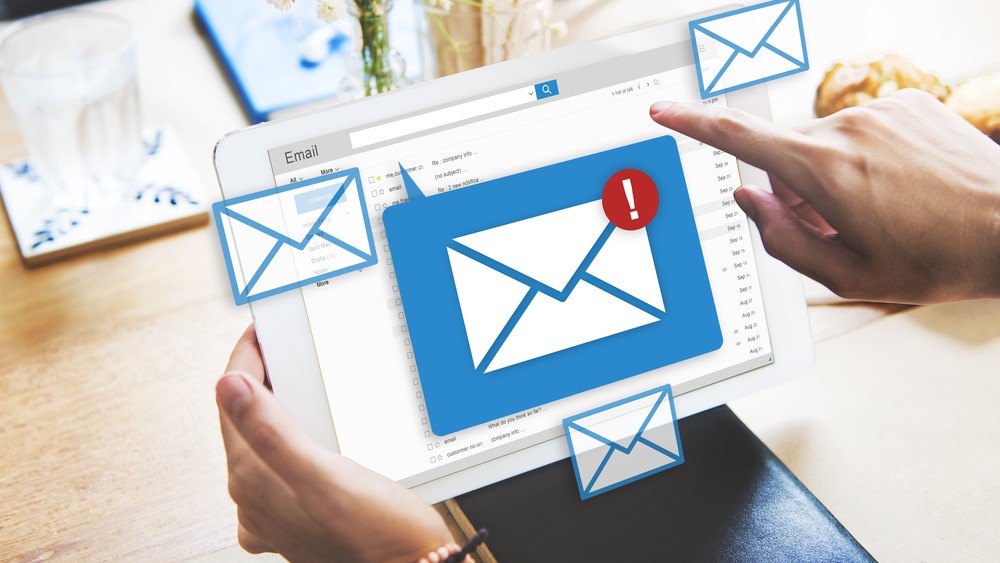Microsoft Outlook gets emails that update themselves after you send them
Loop components are now live in Outlook

After being announced at Microsoft Ignite last year, Loop components are now rolling out in Microsoft Outlook.
For those unfamiliar, Microsoft Loop is a new app that combines a powerful and flexible canvas with portable components that move freely and stay in sync across the software giant's apps. It is made up of three elements in the form of Loop components, Loop pages and Loop workspaces.
While Loop pages are flexible canvases where users can organize all of their Loop components in one place and Loop workspaces are shared spaces that allow teams to see and group everything important to a project, Loop components are an evolution of Fluid components that help users collaborate and get things done in chats, emails, meetings and documents.
Now Microsoft Outlook users will be able to leverage the power of Loop components when using the company’s email service.
Loop components in Outlook
According to a new post in the Microsoft 365 roadmap, Loop components are now rolling out in Microsoft Outlook and these live, interactive objects can be embedded in email messages to provide real-time collaboration.
In a support document, Microsoft highlights several of its Loop components that users can add to emails in Outlook or even messages in Microsoft Teams. These include bulleted lists, checklists, numbered lists, paragraphs, tables, task lists and more.
One of the nice things about Loop components is that they are automatically saved to OneDrive so that you’ll be able to easily find and use them again later.
Are you a pro? Subscribe to our newsletter
Sign up to the TechRadar Pro newsletter to get all the top news, opinion, features and guidance your business needs to succeed!
With the addition of Loop components in Outlook, emails will become much more fluid as they’ll even be able to update themselves after being sent. Say you add a list of follow-up tasks to an email, collaborators can check off items as they complete them and all of the changes made to the Loop component will be reflected in the original email. This way users don’t have to waste time sending emails back and forth to one another once a task has been completed.
We’ll likely hear more from Microsoft regarding Loop components once Microsoft 365 users get a chance to test them out for themselves.
After working with the TechRadar Pro team for the last several years, Anthony is now the security and networking editor at Tom’s Guide where he covers everything from data breaches and ransomware gangs to the best way to cover your whole home or business with Wi-Fi. When not writing, you can find him tinkering with PCs and game consoles, managing cables and upgrading his smart home.
